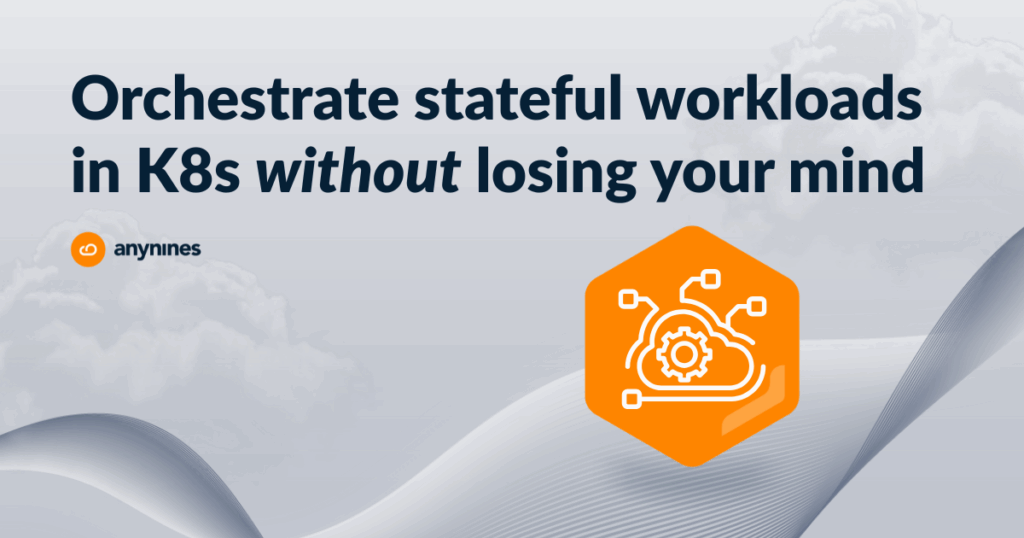Businesses are constantly seeking ways to enhance efficiency, reduce costs, and improve reliability. Cloud environments help businesses to innovate and scale, but are frequently complex and time-consuming to manage. This is where cloud automation steps in. It helps to simplify operations and streamline processes.
Throughout this article, we’ll explore what cloud automation is briefly and how it contributes to agility, scalability, cost efficiency and optimization, consistency, reliability, and security.
Cloud Automation Explained
Cloud automation uses tools, scripts, and workflows to handle repetitive tasks and processes within cloud environments without manual intervention. Common tasks that are managed with cloud automation include provisioning resources, configuring environments, monitoring performance, applying updates, and scaling workloads.
By reducing the need for manual management, automation minimizes errors and accelerates resource deployment. It enables organizations to focus on strategic goals instead of routine maintenance.
Let’s take a look at some of the major benefits organizations experience after implementing cloud automation.
Agility and Scalability
Increased agility and scalability are among the most significant benefits, driving modern businesses to adopt cloud automation rapidly. Adapting to changing business needs is critical. Traditional IT infrastructures often struggle to keep up with demand spikes or sudden changes. Agility in the cloud environment allows organizations to respond swiftly to changing market demands and technological advancements. Cloud automation plays a crucial role by enabling businesses to automate deployment, scaling, and management tasks. This reduces the time it takes to bring new products or updates to market and is particularly vital for businesses that operate in fast-paced industries where time-to-market is crucial.
Scalability enhances agility by enabling real-time adjustments of computing resources based on demand. Cloud automation supports scalability by continuously monitoring resource usage and making automatic adjustments. This process, known as dynamic scaling, allows organizations to scale up during peak times or down during slower periods for efficient resource management. Being enabled to utilize various scaling strategies –horizontal, vertical, and diagonal– businesses can optimize resource allocation.
What does agility and scalability look like in an automated cloud environment?
- New environments that can be provisioned in minutes.
- Workloads that scale automatically during peak periods.
- Integration with DevOps pipelines that speed up deployments.
Cloud automation ensures infrastructure remains flexible and responsive as requirements evolve.
Cost Efficiency and Optimization
Managing cloud resources manually can lead to waste. Over-provisioning, idle resources, and unused instances often drive up expenses. Cloud automation addresses these issues effectively.
Reduction in Operational Costs
Cloud automation enables organizations to automate tasks like provisioning, configuring, and managing cloud resources. This reduces manual effort and allows teams to focus on strategic initiatives, ultimately leading to lower operational costs.
Enhanced Cost Management
Cloud automation tools can continuously monitor and analyze cloud usage patterns, providing insights into cost drivers and helping to identify inefficiencies. These tools can automatically implement changes, such as switching to more cost-effective instance types, without requiring constant manual oversight. This approach helps businesses maintain optimal cost structures while still meeting performance and availability requirements.
Benefits relating to cost efficiency and optimization for automated cloud environments include:
- Auto-scaling adjusts resources based on demand.
- Unused resources are identified and shut down.
- Workflows that are streamlined help cut time and labor costs.
- Real-time monitoring helps to control spending.
With these cloud automation capabilities, businesses can optimize their budgets and avoid unnecessary costs.
Consistency and Reliability
Manual processes can result in errors and inconsistencies, especially in large-scale environments. This can affect uptime and compliance. By automating routine processes such as data backups, system updates, and security configurations, cloud automation eliminates the need for manual intervention and thereby reduces human error. This shift is significant because manual oversight often leads to errors, whether due to typos, miscalculations, or oversight. Automation ensures that these tasks are completed efficiently and accurately, significantly reducing the chances of costly mistakes.
Cloud Automation Boosts Consistency
Consistency is achieved through the standardization of processes, which ensures that tasks like infrastructure deployment or software updates are executed uniformly across all environments. This is crucial for avoiding configuration drift—a common issue that arises from manual IT resource management.
Solutions such as Infrastructure-as-Code (IaC) tools allow organizations to codify their infrastructure, further ensuring that configurations remain consistent across the board. This standardization is key to maintaining operational integrity, as it ensures that IT environments function smoothly and predictably.
Cloud Automation Improves Reliability
Reliability is boosted through cloud automation by minimizing downtime and proactively addressing potential issues. Automated systems continuously monitor the cloud environment, detecting and resolving problems before they escalate into serious outages.
For instance, automated backup processes and failover mechanisms are critical for ensuring service availability even during unexpected disruptions. By proactively monitoring and optimizing IT resources, cloud automation enhances system resilience, ensuring that operations remain uninterrupted and reliable.
Security is also significantly enhanced through cloud automation, and it is intrinsically linked to consistency and reliability. Automated systems consistently apply security configurations and monitor for potential threats around the clock. This continuous vigilance ensures that protective measures are uniformly enforced and reduces the risk of security breaches and ensures that sensitive data remains protected. In this way, automation not only secures the IT environment but also further reinforces the overall consistency and reliability of cloud operations.
The advantages of cloud automation in this area are:
- Standardized configurations reduce misconfigurations.
- Security updates and patches are applied automatically.
- Infrastructure issues are resolved proactively.
- Backs and recovery processes are automated.
A Smarter Approach to Cloud Management
Cloud automation simplifies complex environments while driving efficiency. It supports cost optimization, scalability, and reliable performance—all of which are important for success. By enabling agility, optimizing costs, and ensuring consistency, cloud automation provides a strong foundation for growth.
Organizations that embrace automation are able to focus on innovation and delivering value to customers more effectively. Automation offers a practical path forward.
Ready to explore how cloud automation can work for you? Reach out to learn more.








